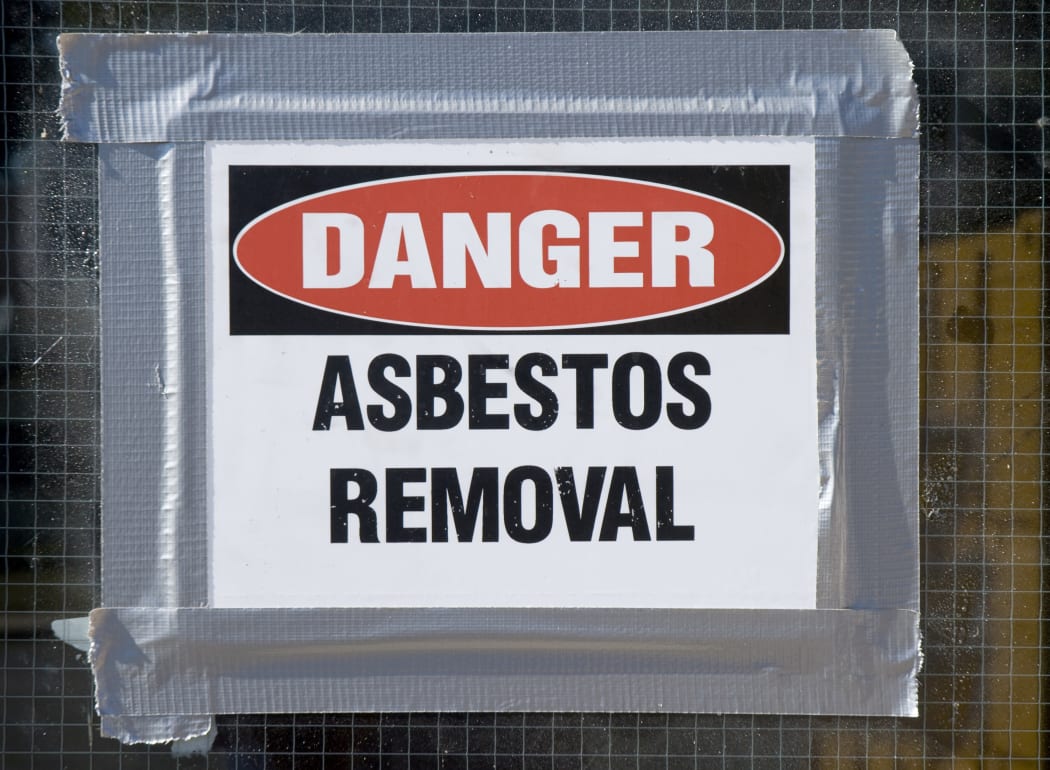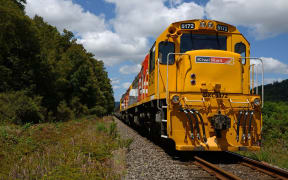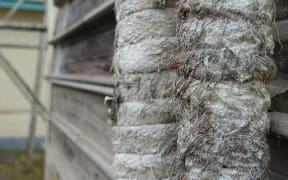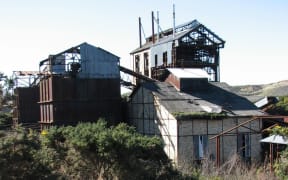WorkSafe is aiming to halve the number of deaths from asbestos, which were 146 last year and average 170 annually, within a decade.
But it will be doing it without any extra money for now from the government, in the face of a building boom and with doubts around Customs' ability to stop asbestos at the border.

Photo: 123RF
WorkSafe chairperson Gregor Coster said the government's decision to ban products containing asbestos would be crucial to meeting the target in the agency's new 10-year workplace health plan.
"We've been able to get the support of government to ban the importation of asbestos - that's been a huge step forwards, that's never been done in New Zealand before," said Professor Coster.
The ban on any product containing asbestos would kick in from October, 13 years after Australia. In exceptional circumstances here, an importation permit might be issued.
Three years ago the Independent Taskforce on Workplace Health and Safety said there was "paralysis" and a gaping data hole around how much illness and death was caused on the job.
Cancer expert Sir David Skegg has previously said this country is "unusually slack" about its controls on asbestos, and plenty of scepticism remains among unions who say fly-by-night builders would still put workers clearing out old asbestos at risk.
The data is still lacking and WorkSafe appears quite slow at filling it in.
Also, while asbestos accounted for the largest single chunk of the estimated 600-900 workplace-related deaths a year, vagueness surrounded the other two thirds.
Lawyer Hazel Armstrong, who has worked for the rail workers' union, said she foresaw ongoing risk from imported asbestos and WorkSafe would be falling short unless the government stepped up.
"They've got to have border controls and they've got to equip Customs to check the products that are coming into New Zealand - including things like locomotives, but especially building products," she said.
Research supported the idea it would be a grind - in a recent survey just 7 percent of construction companies, who are entering a sustained boom time, and fewer than a quarter of manufacturers said they had offered employees any health monitoring in the last 12 months.
However, Prof Coster said he was confident Customs would enforce the ban and WorkSafe did not need any extra inspectors to help with its push on health.
About half its almost 200 inspectors were trained for asbestos detection, with an aim to increase that to 80 percent, and the number of staff working exclusively on health issues had risen from 3 or 4 to 15 or 20 in the last couple of years.
Prof Coster also said the agency did not need any more government funding - which was good, as none was forthcoming from the Minister for Workplace Relations and Safety Michael Woodhouse.
"I think the resources are already there in place to be able to firstly encourage, educate and coach organisations into being more aware of the risk," Prof Coster said.
"The costs I think will be at the margins with things like better personal protective equipment."
Mr Woodhouse - whose own grandfather Frank, a railway boilermaker - died due to asbestos exposure, said it was a long game.
"It's going to be years before we see the benefits of this but the action needs to start now. So we need to be patient, we need to accept that those numbers are going to stay high for a while."






